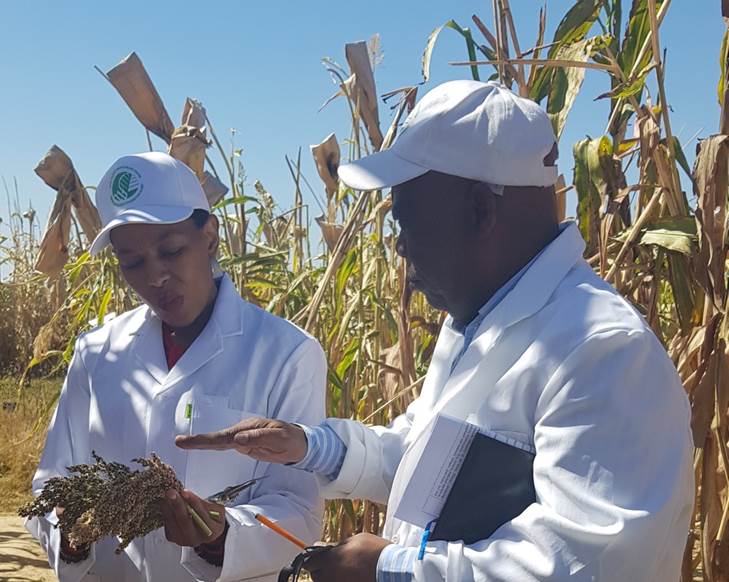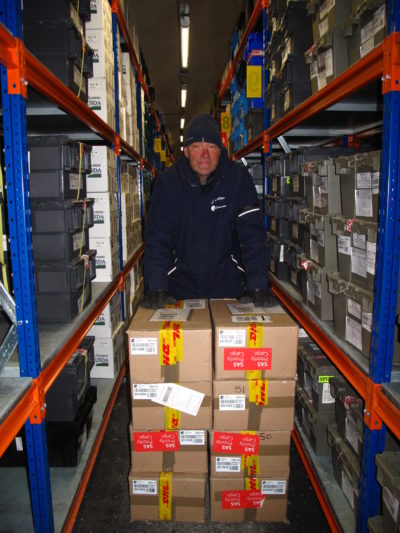

The August deposit from SPGRC consisted of 432 rice accessions and 510 sorghum accessions. In addition, lower numbers of Pennisetum, Eleucine and Maize were included. In total, seeds from SPGRC deposited in the Seed Vault comprise 10 different crops.
The responsibility for the SPGRC Ex-Situ Conservation Program, that includes the regional gene bank for the SADC countries, was this month handed over from Mr Lerotholi Qhobela to Ms Sthembiso Mbhele. She is a citizen of South Africa, and before entering the SPGRC, she worked for 12 years at the Department of Agriculture, Forestry and Fisheries (DAFF) in the Republic of South Africa on topics as agricultural commodities, plant protection, plant health, food safety and agricultural management.
“I am very pleased to get this opportunity to further develop our regional gene bank and to secure the seed collections by cooperating with the Svalbard Global Seed Vault”, she says.
“Our plans for securing the genetic resources are quite ambitious, and we are actually intending to make our third seed shipment to Svalbard within 12 months quite soon.”
Regional Cooperation
The SPGRC genebank is a regional cooperation in southern parts of Africa. The establishment of the gene bank was carried out through the 1990’s in close contact with, and supported by another regional gene bank, namely the Nordic Genetic Resource Centre covering the five Nordic countries.

SPGRC is an abbreviation for SADC Plant Genetic Resources Centre. The member states of the Southern Africa Development Community (SADC) are Angola, Botswana, Comoros, Democratic Republic of Congo, Eswatini (Swaziland), Lesotho, Madagascar, Malawi, Mauritius, Mozambique, Namibia, Seychelles, South Africa, Tanzania, Zambia and Zimbabwe.
More information about SPGRC and its work can be found on this post, published at the previous SPGRC seed deposit in February earlier this year.
After the last SPGRC deposit the holdings of the Svalbard Global Seed Vault has increased to 986,243 accessions.
